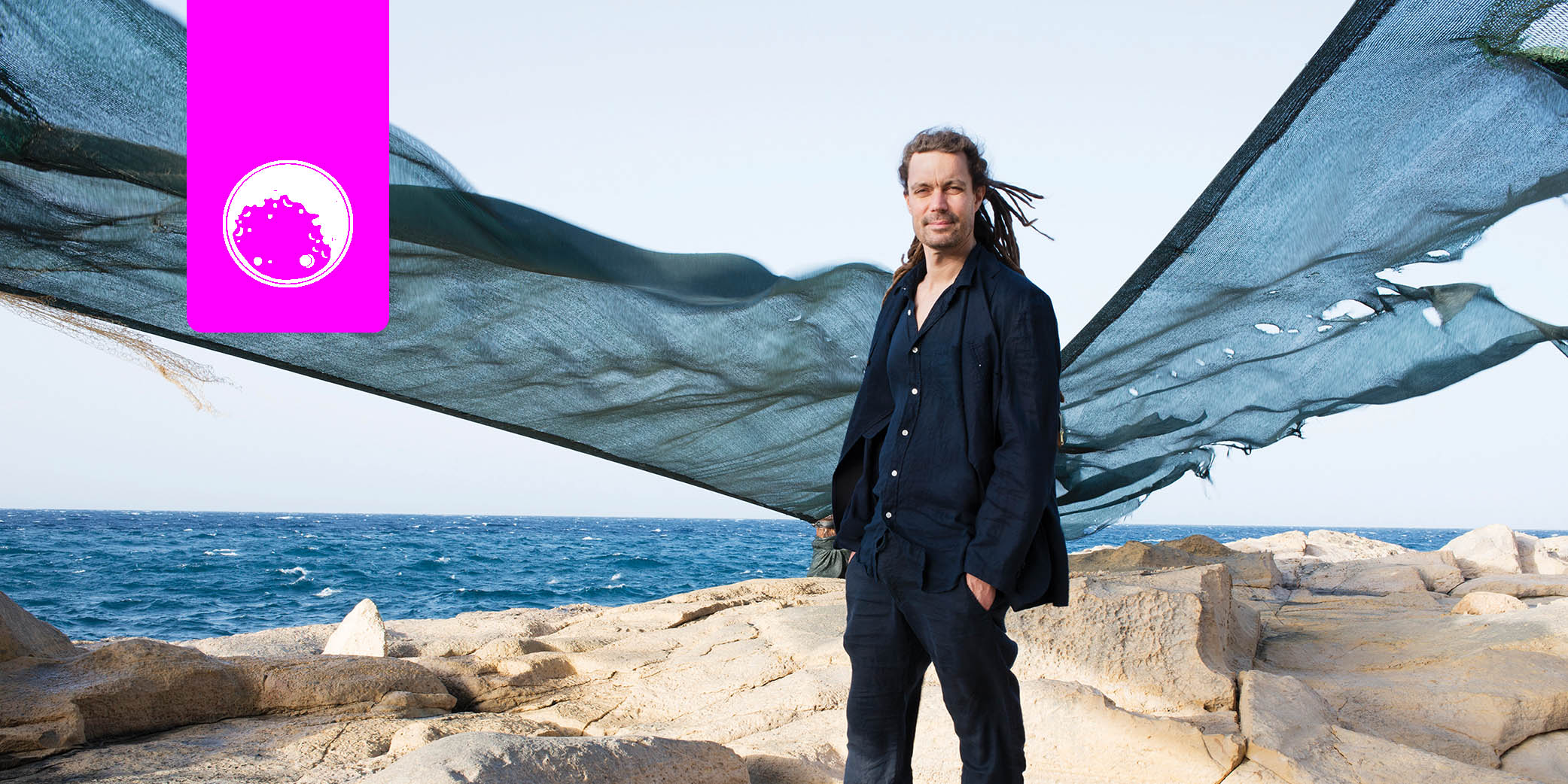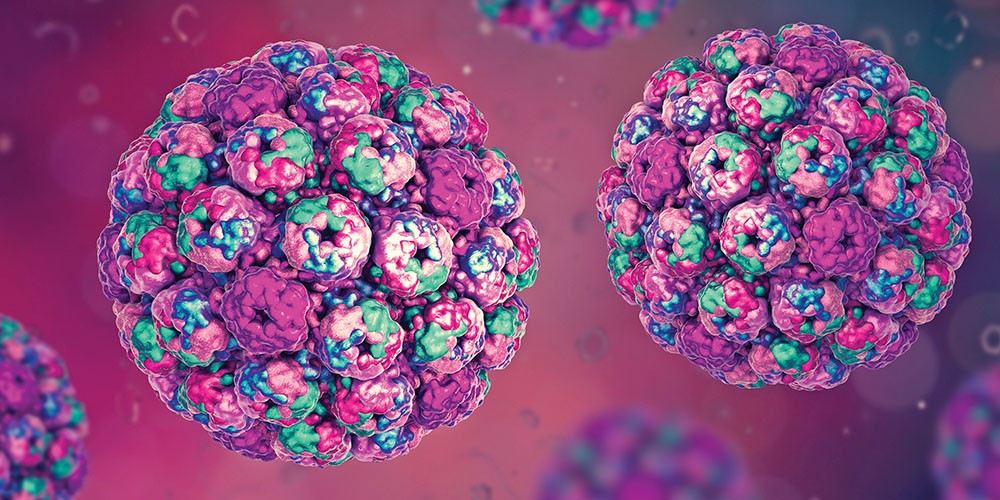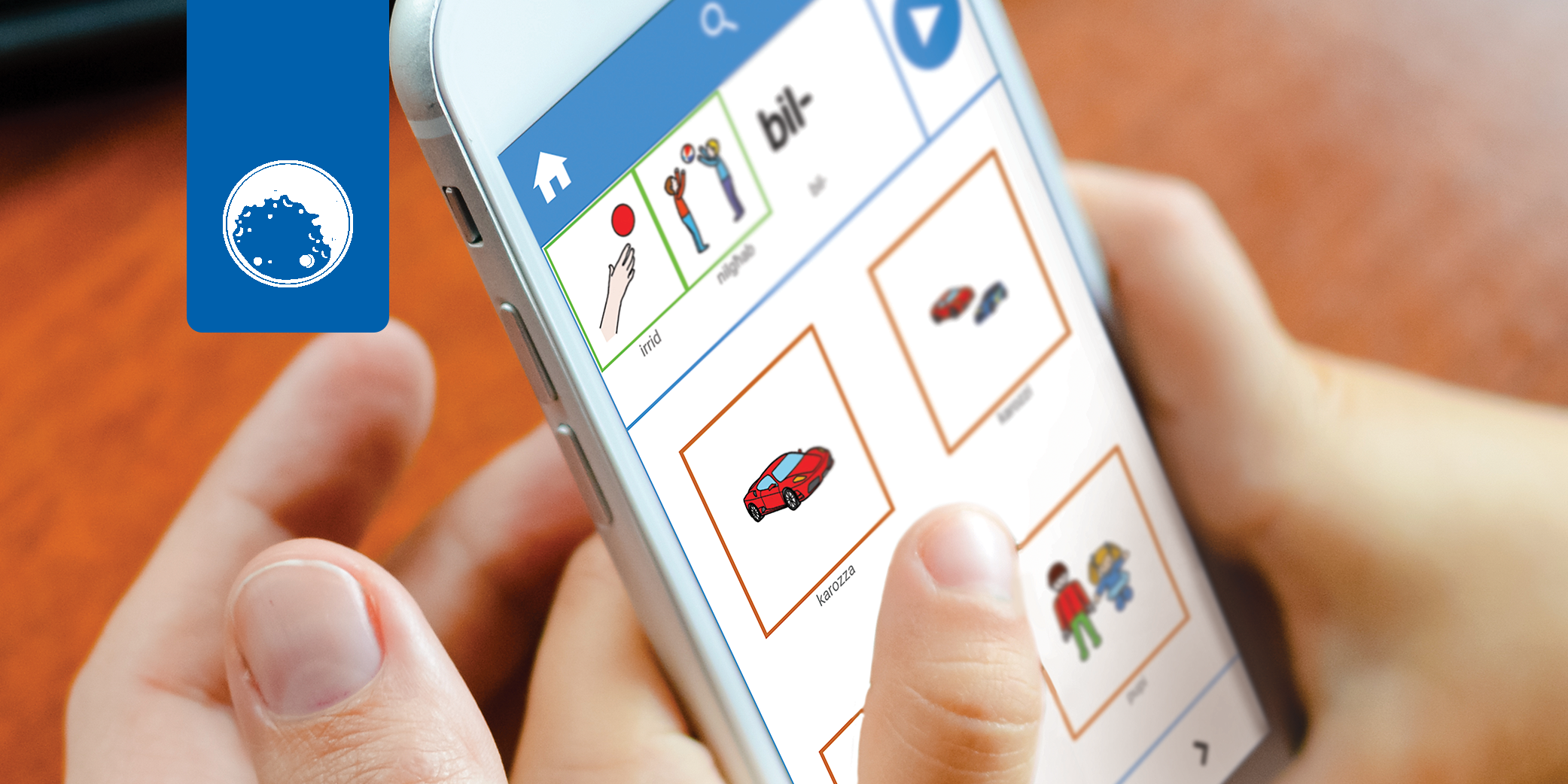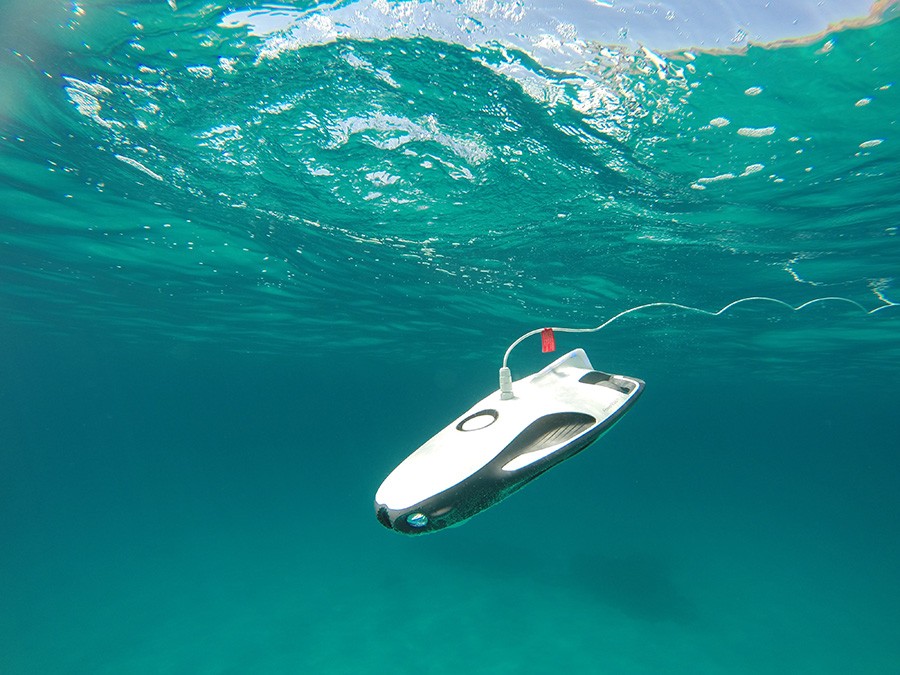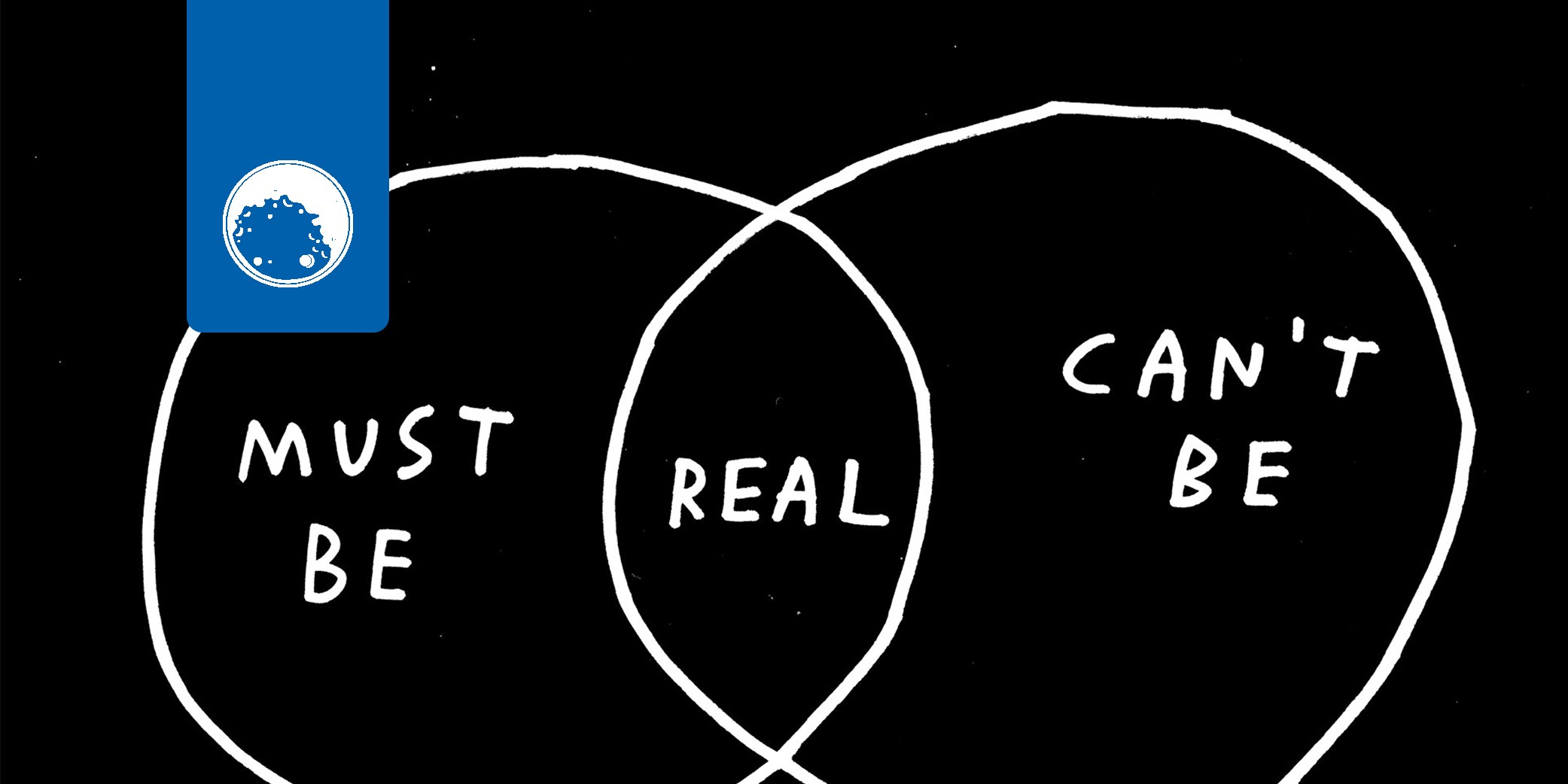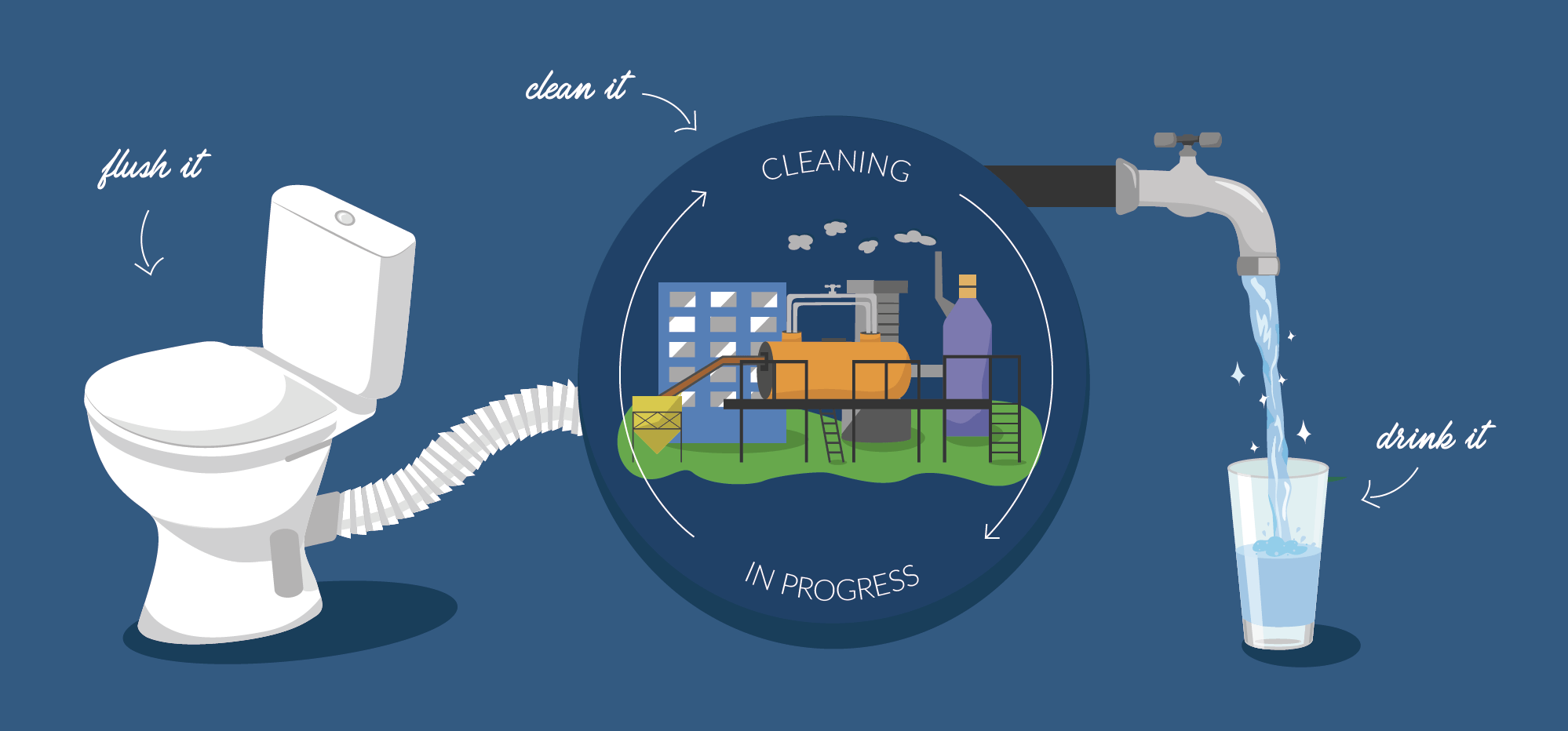Finding the soul in the machine
Swiss artist, documentary filmmaker, and researcher Dr Adnan Hadzi has recently made Malta his home and can currently be found lecturing in interactive art at the University of Malta. He speaks to Teodor Reljic about how the information technology zeitgeist is spewing up some alarming developments, arguing that art may be our most appropriate bulwark against the onslaught of privacy invasion and the unsavoury aspects of artificial intelligence.
Continue readingBlood in the brain
Artificial intelligence (AI) has now made its way into the medical world. But it’s not as scary as it sounds. Most forms of AI are simply programs which have been developed to carry out very specific tasks–and they do them very well.
As part of my final-year project, I used AI to develop a program that can diagnose different types of brain haemorrhages. Brain haemorrhages are life-or-death situations where blood vessels in the brain burst and bleed into surrounding tissues, killing brain cells. Speed is key in preventing long-term brain damage, but treatment options depend on the size and location of the haemorrhage. This is when computerised tomography, or CT scans, come in.
Using X-rays, CT scans can image the brain in seconds. Last year, John Napier (another final-year project student) created an AI system to detect brain haemorrhages from CT scans. Building on this, I (under the supervision of Prof. Ing. Carl James Debono, Dr Paul Bezzina, and Dr Francis Zarb) developed a system to take the output from Napier’s system and further analyse the intensity, shape, and texture of haemorrhages to identify them as one of three types.
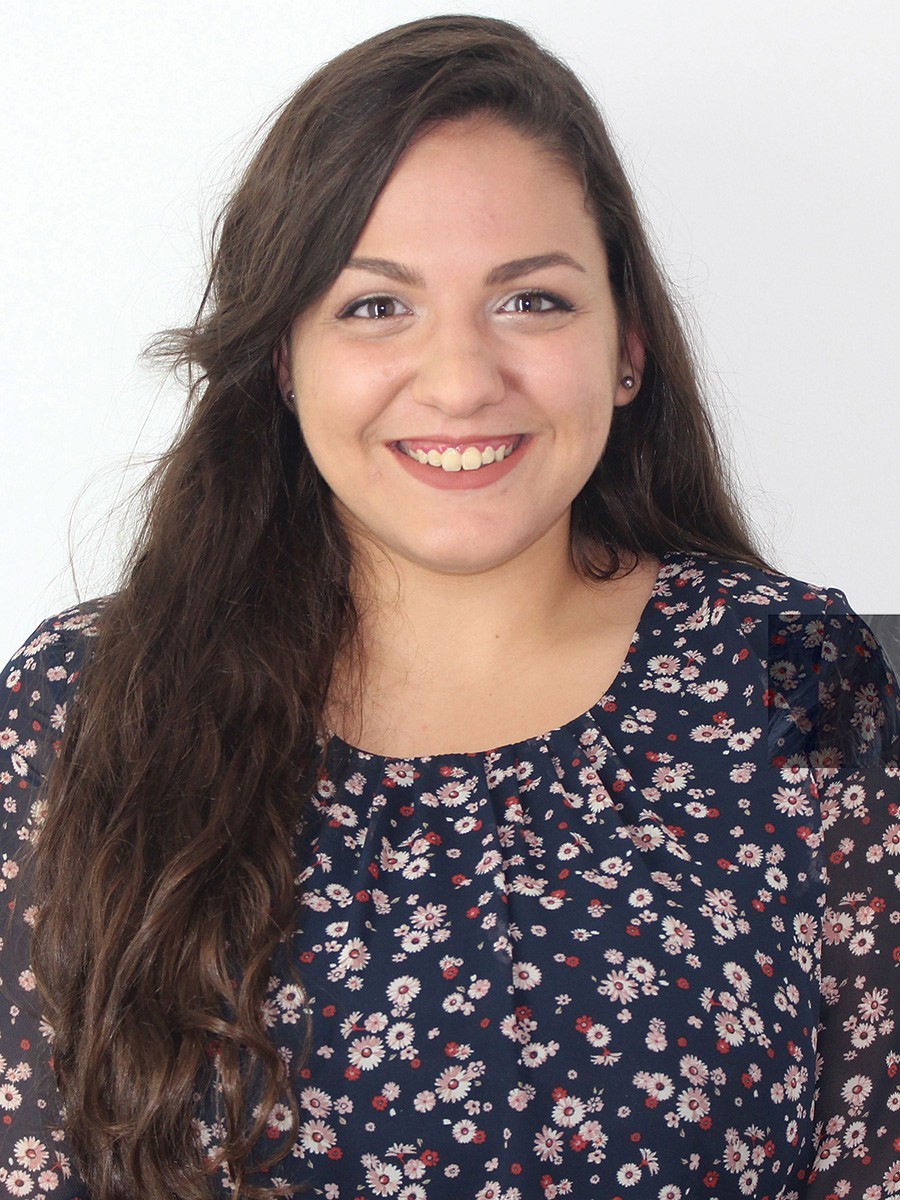
The AI was trained on 24 pre-classified CT scans. By presenting the scan image to the artificial neural network along with the answer, the system can take on the information and learn. This process trains it to become familiar with the types of haemorrhage. Two different structures of artificial neural network were used with 220 variants each–resulting in 440 variants being used to train and test the model.
Then it was time to test this system. Six scans were given as unknowns and the network successfully classified over 88% of the haemorrhages using only three of the 440 variants.
The purpose of this system is to verify radiologists’ diagnoses. However, we hope to develop it to diagnose haemorrhages, which would help treat patients faster. The system can be adapted to other illnesses–CT scans are commonly used to image the abdomen and chest. The applications, and life-saving potential, are endless.
This research was carried out as part of a Bachelor’s degree in Computer Engineering at the Faculty of ICT, University of Malta.
Author: Kirsty Sant
Maltese for all
What would you do if you were stripped of your words? If speech simply didn’t come to you? Sylvan Abela writes about MaltAAC, an Augmentative and Alternative Communication App for the Maltese Language.
Continue readingUnderwater Eyes
Water covers 70% of Earth’s surface, but our oceans and seas might as well be alien planets. According to estimates, we’ve only explored about 5% of them so far. Crazy depths and dangerous conditions prevent humans from venturing into the unknown simply because we would be unable to survive. However, these limitations are being overcome. Drone technology can safely explore what lurks beneath the waves, and the Physical Oceanography Research Group from the Department of Geosciences at the University of Malta (UM) are doing just that.
Enter Powervision’s PowerRay Underwater Drone, an intelligent robot. It can capture real-time, high-res images beneath the sea’s surface. It has a wide-angle lens and instrumentation capable of determining temperature, sea depth, and even the presence of fish. Coupled with image processing and machine learning techniques being developed by the group, the drone maps the sea floor, determining its make-up as well as identifying locations where different fish species originate.
The small, lightweight drone can travel up to 1.5m/s and is currently being tested off the coast of Malta near Buġibba. This area has already been mapped manually by divers, which means that, when ready, the drone and human maps can be compared to evaluate the drone’s performance. If the AI algorithm produces accurate results, it will be used to charter unmapped regions—a first from Malta.
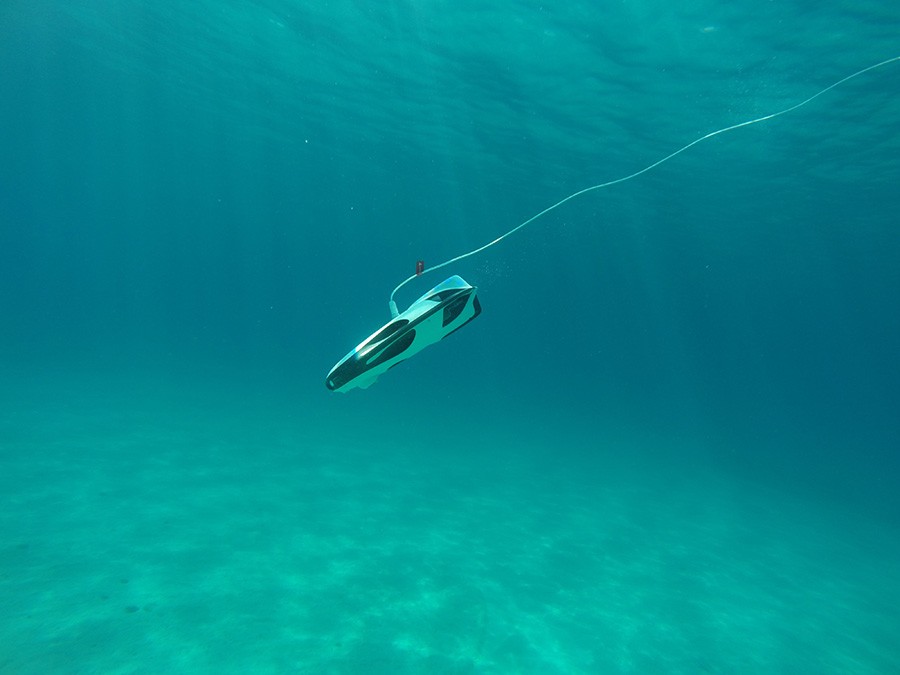
But its applications don’t end there. The drone can also be used to monitor the condition of other expensive marine instruments which spend a lot of time underwater. Without having to put on a diving suit, it allows the team to check on deployed water temperature sensors, tide gauges, and acoustic Doppler current profilers. This helps to optimise and plan maintenance, which in turn prolongs the hardware’s lifetime.
The UM team also want to use the technology to detect marine litter. They plan to identify litter ‘hotspots’ in order to raise awareness and organise clean-up campaigns—a valuable initiative to support vital efforts to clean up our oceans.
Author: Kirsty Callan
Accidental science
Do scientists need to have a clear end-goal before they dive down the research rabbit hole? Sara Cameron speaks to Dr André Xuereb about the winding journey that led to the unintended discovery of a new way to detect earthquakes.
Some of science’s greatest accomplishments were achieved when no one was looking with a purpose. When studying a petri dish of bacterial cultures, Alexander Fleming had no intention of discovering penicillin, and yet he changed the course of human history. Henri Becquerel was trying to make the most of dwindling sunlight to expose photographic plates using uranium when he stumbled upon radioactivity. A chance encounter between a chocolate bar in Percy Spencer’s pocket and the radar machine that melted it sparked the invention of the household microwave.
One would think that with this track record of coincidental breakthroughs, the field of science and research would continue to flourish by embracing curiosity and experimentation. But as interest piques and funding avenues pop up for researchers, there has been a shift in mindset.
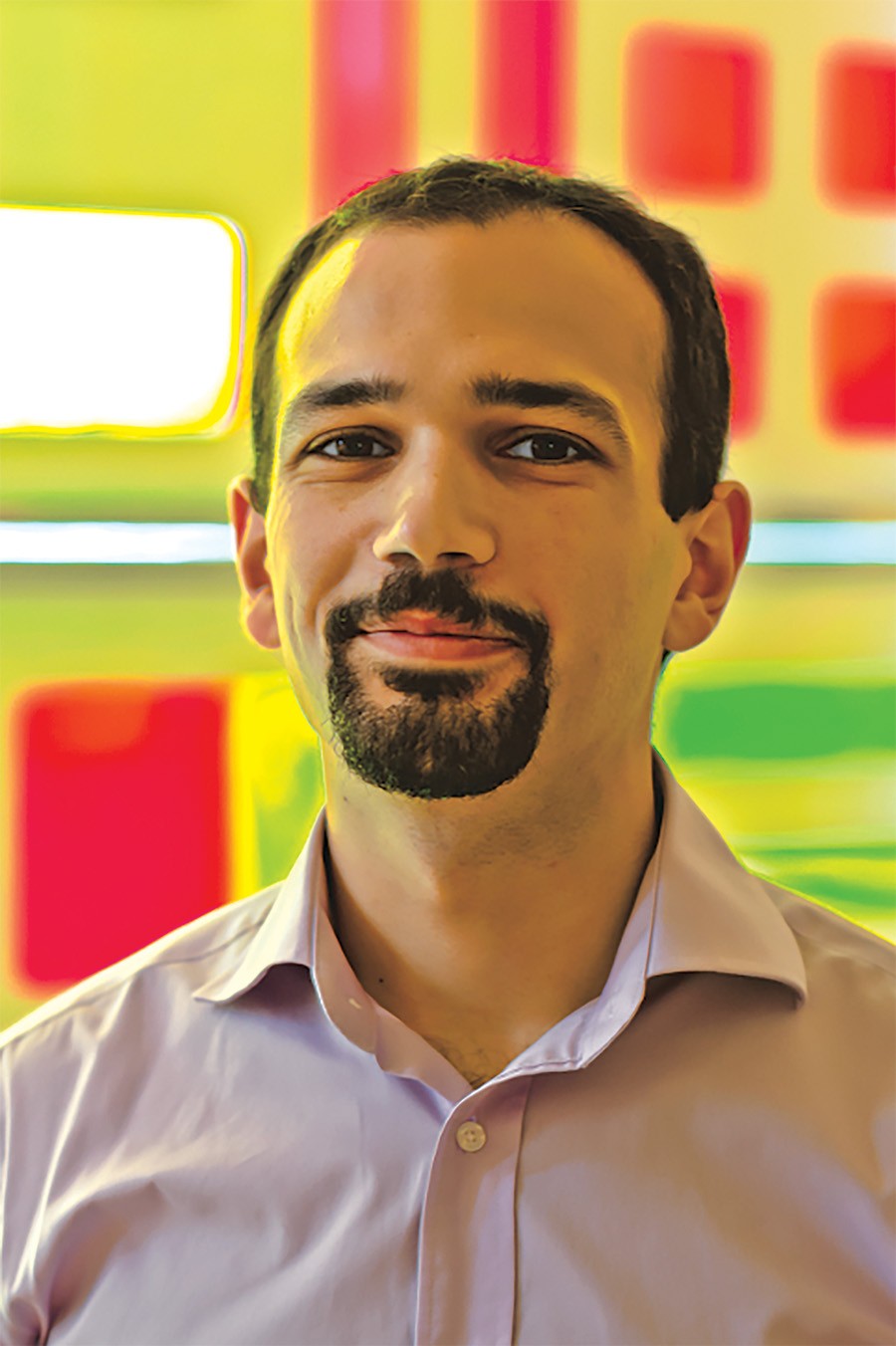
Money changes things. And while it does allow people to work hard and answer more questions, it has also fostered expectations from stakeholders. Investors want fast results that will improve their business or product. We, the end-user, want to see our lives changed, one discovery at a ti me. We’re no longer satisfied with research for research’s sake. At least for the most part.
Quantum physicist Dr André Xuereb (Faculty of Science, University of Malta) is all too aware of this issue and its effects on scientific progress. Xuereb explains scientists’ frustration: ‘A lot of funding, in Malta and elsewhere, is dedicated to bringing mature ideas to the market, but that is the ti p of the iceberg. There is an entire innovation lifecycle that must be funded and sustained for good ideas to develop and eventually become technologies. The starting point is often an outlandish idea, and eventually, sometimes by accident, great new technologies are born,’ he says.
STARTING POINTS
Over the past few years, Xuereb has been exploring new possibilities in quantum mechanics.
The field of quantum mechanics attempts to explain the behaviour of atoms and what makes them. Its mathematical principles show that atoms and other particles can exist in states beyond what can be described by the physics of the ordinary objects that surround us. For example, quantum theorems that show objects existing in two places at once off er a scientific basis for teleportation.
Star Trek fans know exactly what we’re talking about, but for those rolling their eyes, the reality is that many things in our everyday lives wouldn’t exist without at least some understanding of quantum physics. Our computers, phones, GPS navigation, digital cameras, LED TV screens, and lasers are all products of the quantum revolution.
The starting point is often an outlandish idea, and eventually, sometimes by accident,
great new technologies are born
Another technology that has changed the way we live and work is modern telecommunications technology. When you pick up your phone to message a friend overseas, call a loved one, or email a colleague, telecoms networks spanning the earth carry the data across continents and under oceans through thousands of kilometres of optical fibres.
The 96-kilometre submarine telecommunication link between Malta and Sicily was Xuereb’s focus in 2015. He organised a team of European experts to begin investigating the potential for building a quantum link between the two countries.
The Austrian, Italian, and Maltese trio were particularly interested in a strange property called ‘entanglement.’ This is a curious property of quantum objects that can be created in pairs of photons, connecting them together. This entanglement can be distributed by giving one of these photons to a friend and keeping the other for yourself, establishing a quantum link between you and this friend—an invisible quantum ‘wire,’ so to speak.
Through this connection, you and your friend can send data faster than over ordinary connections; by modifying the state of the photon at your end, you can instantly affect the state of your friend’s photon, no matter how far apart you are in the universe. Using quantum links such as these, all manner of feats can be performed, including super-secure communications. ‘We wanted to demonstrate that quantum entanglement can be distributed using a 100km-long, established telecoms link, using what was already available, with no laboratory facilities in sight,’ explains Xuereb. His team also wanted to demonstrate that entanglement using polarisation of light was possible. Previously it was thought impossible in submarine conditions, even though it has some very technologically convenient properties.
Two years and several complex experiments later, Xuereb and his team have indeed proven the possibility of quantum communications over submarine telecommunication networks. And with one question answered, a slew more lifted their heads.
The Italian subteam, led by Davide Calonico (Istituto Nazionale di Ricerca Metrologica, INRIM), now turned their attention to a different set of questions for the Malta-Sicily telecommunication network.
MORE TO COME…
Atomic clocks keep the world ticking by providing precise timekeeping for GPS navigation, internet synchronisation, banking transactions, and particle science experiments. In all these activities, exact timing is essential.
These extremely accurate clocks use atomic oscillations as a frequency reference, giving them an average error of only one second every 100 million years. Connecting the world’s atomic clocks would create an international common time base, which would allow people to better synchronise their activities, even over vast distances. For example, bank transactions and trading could happen much faster than they do at present.
This can’t be done by bouncing signals off of spaceborne satellites, since tiny changes in the atmosphere or in satellite orbits can ruin the signal. This is where the fibre-optic network comes back into the picture. Researchers have recently been looking at the telecoms network as a way to make this synchronisation possible. Scientists can use an ultra-stable laser to shine a reference beam along these fibres. Monitoring the optical path and the phase of the optical signal of the beam can then allow them to compare and synchronise the clocks at both ends.
Whilst Calonico and his team were testing this idea on the submarine network between Malta and Sicily, a few thousand kilometres away, meteorology expert Dr Giuseppe Marra was monitoring an 80km link in England. On October 2016, everything changed. One night, he noticed some noise in his data. Unable to attribute the noise to misbehaving equipment or a monitoring malfunction, his gut told him to turn to the news from his home country, Italy. There, he saw that the town of Amatrice had been devastated by an earthquake of 5.9 magnitude.
Further testing confirmed that the waveforms Marra saw in the fibre data matched those recorded by the British Geological Survey during the earthquake. His system even recorded quakes as far away as New Zealand, Mexico and Japan. This was huge news.
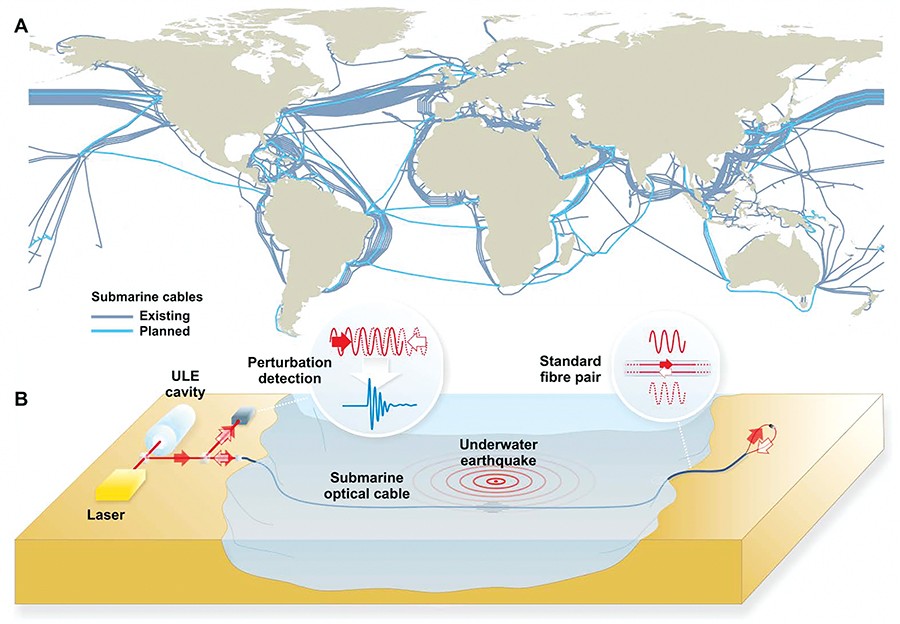
In simple terms, the seismic waves from an earthquake tremor cause a series of very slight expansions and contractions in fibre-optic cables, which in turn modify the phase of the cable’s reference beam. These tiny disturbances can be captured by specialised measurement tools at the ends of the cable, capable of detecting changes on the scale of femtoseconds: a millionth of a billionth of a second.
The majority of seismometers are land-based and so small that earthquakes more than a few hundred kilometres from the coast go undetected. Conventional seismometers designed to monitor the seabed are expensive and don’t usually monitor underwater seismic activity in real time. Telecoms networks could offer a solution that would allow us to observe and understand seismic activity in the world’s vast oceans. They would open up a new window through which to observe the processes taking place underneath Earth’s surface, teaching us more about how our planet works. In future, it may even make it possible to detect large earthquakes that cause untold devastation earlier.
The beauty of this discovery is that the infrastructure already exists. No new work is needed. All that is required is to set up lasers at either end of these cables, using up a tiny portion of a cable’s bandwidth without interfering with its use.
THREADS COMING TOGETHER
Marra got together with Xuereb and Calonico, who were already working on the undersea network between Malta and Sicily, to conduct some initial tests. The underwater trial, published in the world-leading journal Science this year along with the terrestrial results, was able to detect a weak tremor of 3.4 magnitude off Malta’s coast. Its epicentre was 89km from the cable’s nearest point, which reinforced the idea that cables can be used as a global seismic detector. ‘We would be able to monitor in real time tiny vibrations all over the planet. This would turn the existing network into a microphone for the Earth,’ Xuereb explains.
If we don’t fund the initial few steps of the innovation lifecycle,
how will we ever develop new technologies?
The system hasn’t been tested on an ocean cable. An interesting target would be a cable that crosses the mid-Atlantic ridge, where the drifting of Eurasian and African tectonic plates creates an area of high seismic activity. Based on the results so far and on conservative assumptions, trials are being planned for the near future on a larger scale, which will give us a better idea of the possibilities.
FURTHER DOWN THE RABBIT HOLE…
In many ways, it is understandable that agencies that fund science favour smaller, more goal-driven research programmes. They seek tangible results in a timely manner to reap quick rewards. But as this story goes to show, a change in mentality is needed.
‘If we don’t fund the initial few steps of the innovation lifecycle, how will we ever develop new technologies? This is a problem that affects scientists from many countries and comes from a mismatch in timescales. A year is a long time in politics, but a decade is often a short time in science,’ Xuereb comments.
Innovation has to start from somewhere, and it often starts from ideas which may have no apparent relevance to our everyday lives. We need to support researchers by keeping an open mind to unknown long-term possibilities—or the world might not only miss the next earthquake but also the next life-changing discovery.
Author: Sara Cameron
Sewage works
Water is our number one resource. It not only sustains life, but also supports the economy and its development. And yet, water is taken for granted. Kirsty Callan talks to Marco Cremona, the man behind the revolutionary water treatment solution that promised to reduce Maltese hotels’ water use by 85%.
Women in science, do it with art
STEM subjects tend to intimidate, seeming inaccessible to the untrained eye. Dr Vanessa Camilleri, Dr Marie Briguglio, and Prof. Cristiana Sebu speak to Becky Catrin Jones about how they are challenging preconceptions by combining science and art at Science in the City, Malta’s national science festival.
It’s 2018. We live in a world where saliva samples sent out from the comfort of our own homes return to us with a sprawling outline of our ancestry and where some of the biggest social media influencers are robots. Despite this progress, utter the word ‘scientist’ and the outdated image of men in white lab coats still abound.
When advances in STEM (Science, Technology, Engineering, Mathematics) direct almost every aspect of life, why is it that so many still switch off the minute we mention science?
Researchers haven’t always had the best PR. In films and TV, science is often portrayed as a foreign language, gibberish to most. Real life is not always that much better, with some researchers needing to carry a jargon-busting dictionary around to translate what they study. To improve its reputation, we need a more creative approach that can break these stereotypes and bring science to the masses in a way that doesn’t send people running for the hills.
Science in the City (SitC), Malta’s science and arts festival, is the perfect opportunity for researchers at the University of Malta (UM) to bring their research to citizens in a way that doesn’t need subtitles.
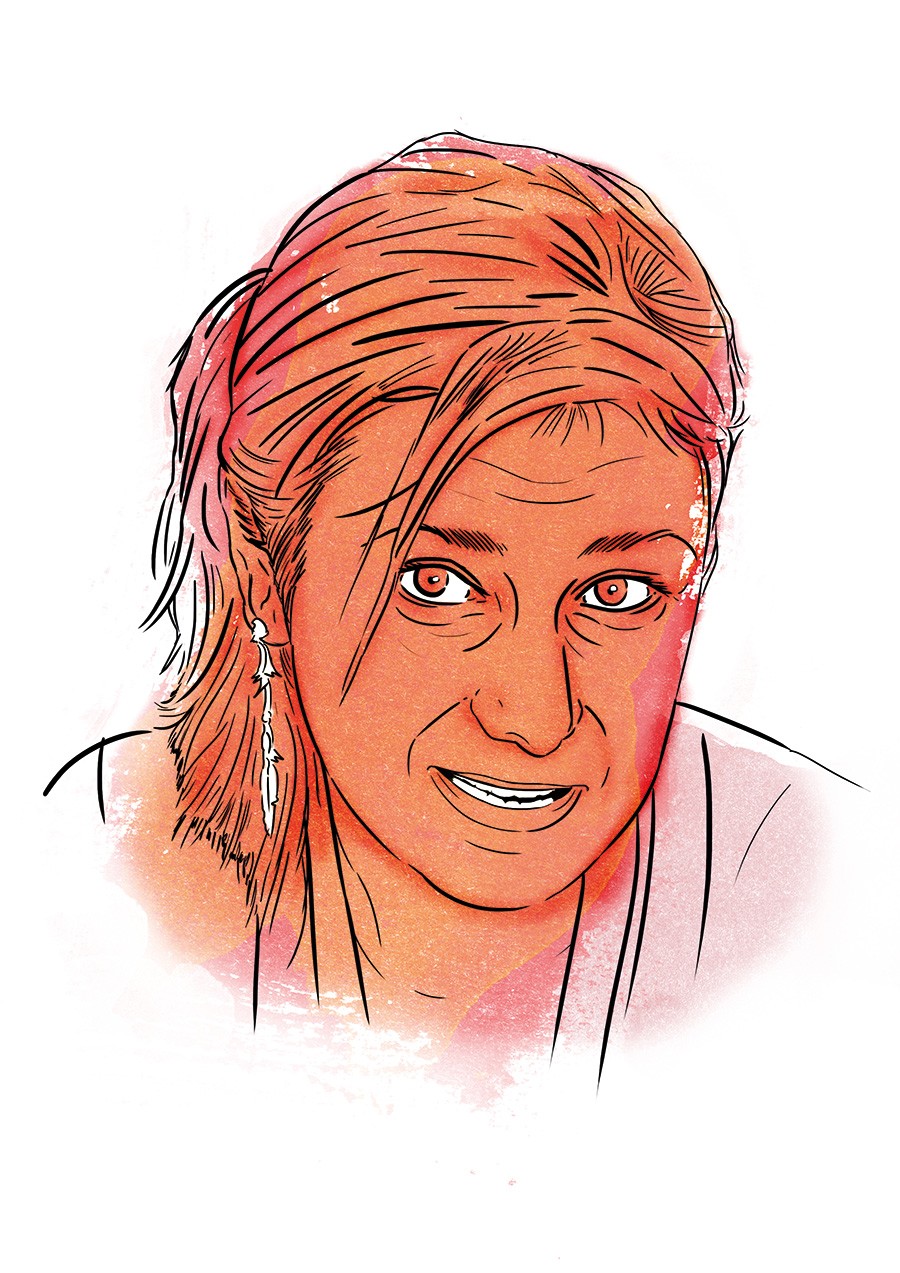
Professor Cristiana Sebu (Department of Mathematics, UM) joined UM only three years ago, but has already made a firm mark. With a background in Applied Mathematics, she moved to the university as an Associate Professor, setting up a new course stream for undergraduate students in Biomathematics. Sebu’s interests lie in the practical applications of mathematics, particularly in biology, and in exploring how mathematics underpins essentially everything in life. ‘The links between mathematics and biology are strong,’ Sebu asserts. ‘We need to be able to make predictions and apply mathematical modelling to understand complex and intertwined biological systems such as signalling pathways in the body or ecosystems in the environment.’
That said, Sebu is still very aware that her love for mathematics is not often shared by the wider world. The word ‘mathematics’, however applied it might be, still strikes fear into the hearts of many. In an effort to counter this reaction and replace it with a more positive one, Sebu is joining the myriad of researchers at SitC and adding music to the mix.
‘Maths provides the building blocks and the structure of music,’ says Sebu. ‘Debussy, Mozart, Beethoven, and so many more used a mathematical pattern known as the Fibonacci Series in their scores.’ The Fibonacci sequence is an infinite pattern of numbers where the next number is the sum of the two previous ones, going from 1, to 1, 2, 3, 5, 8, where (1+1) = 2, (1+2) = 3, and so on. This sequence is closely related to what’s known as the Golden Ratio, an infinite number which can be found in so many examples throughout nature, from the composition of bee colonies to the shape of seashells and the patterns in sunflower seeds.
Debussy, Mozart, Beethoven, and so many more used a mathematical pattern known as the Fibonacci Series in their scores.
To highlight this elegance, Sebu has teamed up with jazz composer Diccon Cooper. The performance, entitled ‘Jazzing the Golden Ratio’, will feature presentations of the Golden Ratio in art, the environment, and the human body, accompanied by Fibonacci-inspired jazz music specially commissioned for the festival. Sebu herself will also be there, sharing her thoughts about the significance of this pattern in the world around us. ‘People see arts and science at odds, but the two are very much embedded in each other,’ Sebu states. ‘Hopefully we’ll be able to demonstrate the beauty of mathematics at Science in the City this year.’
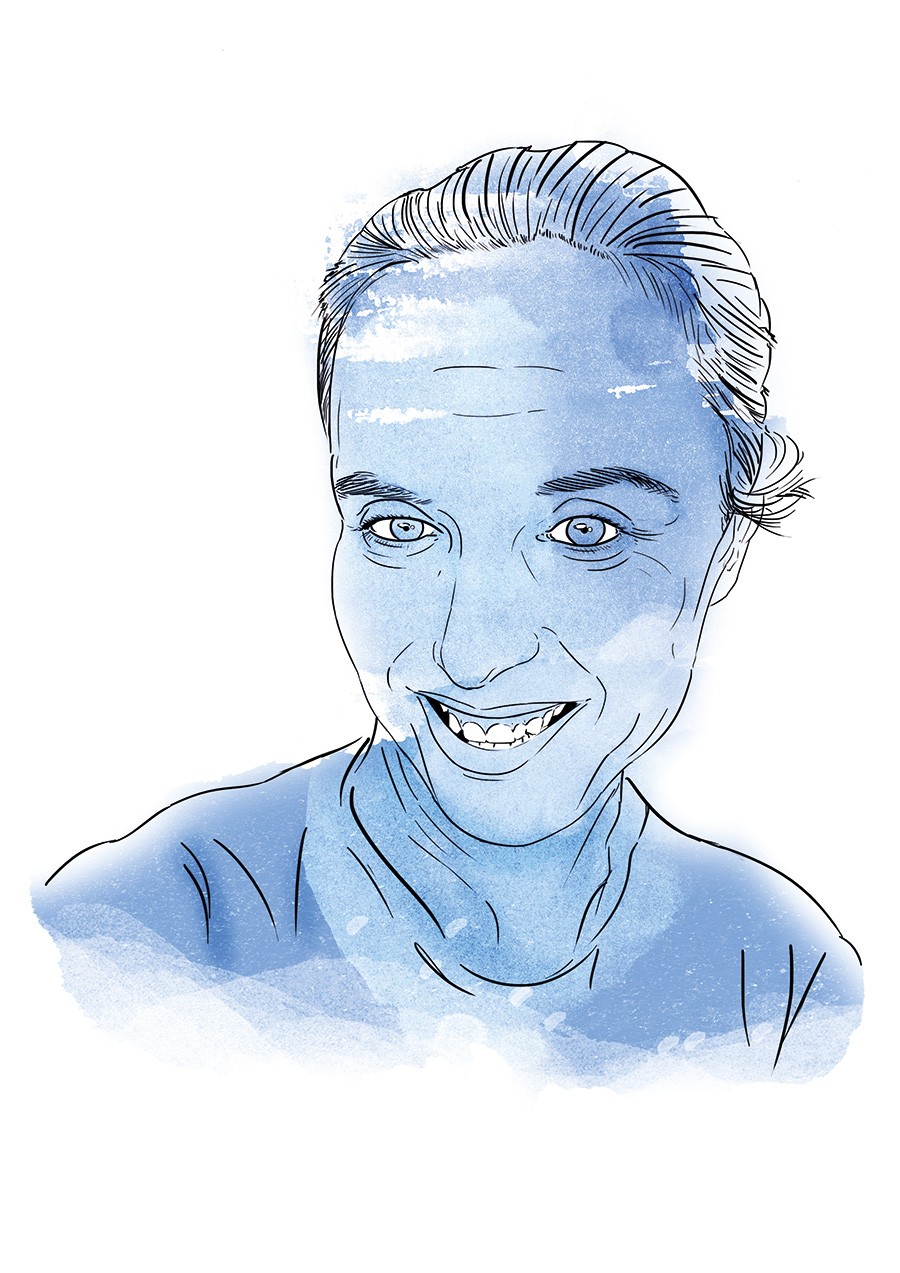
The significance of this connection between arts and science is a notion shared by Dr Vanessa Camilleri (Faculty of ICT, UM). After working on a project combining Artificial Intelligence (AI) with behavioural studies at Coventry University, Camilleri found a niche research environment using immersive technology and design to influence our decisions and behaviours. Returning to the UM, she worked on a Virtual Reality (VR) headset allowing teachers to experience what it might be like for a child with autism in a classroom.
‘Unless you experience something, it’s very difficult to reach a deep level of empathy,’ Camilleri said of the idea behind the project. ‘We wanted to give [teachers] the opportunity to build new memories through VR, and help them understand the needs of the child in greater detail.’
For SitC this year, Camilleri is taking a different approach. The VR headsets are having the night off, and attendees will need nothing but their smartphones to see science brought to life in artistic form. Using Alternative Reality (AR) methods, she’s collaborating with artists Matthew Attard and Matthew Galea to bring a fourth Triton to the fountain for one night only through a project funded by Valletta 2018. By downloading the smartphone app, attendees will see the new fountain brought to life through their phones. In the build-up to the festival, the artists are using eye-motion tracking and heat mapping sensors on volunteers to see which bits of the current statue draw their attention. This is then translated into the final depiction, making the fourth Triton as eye-catching as the current three.
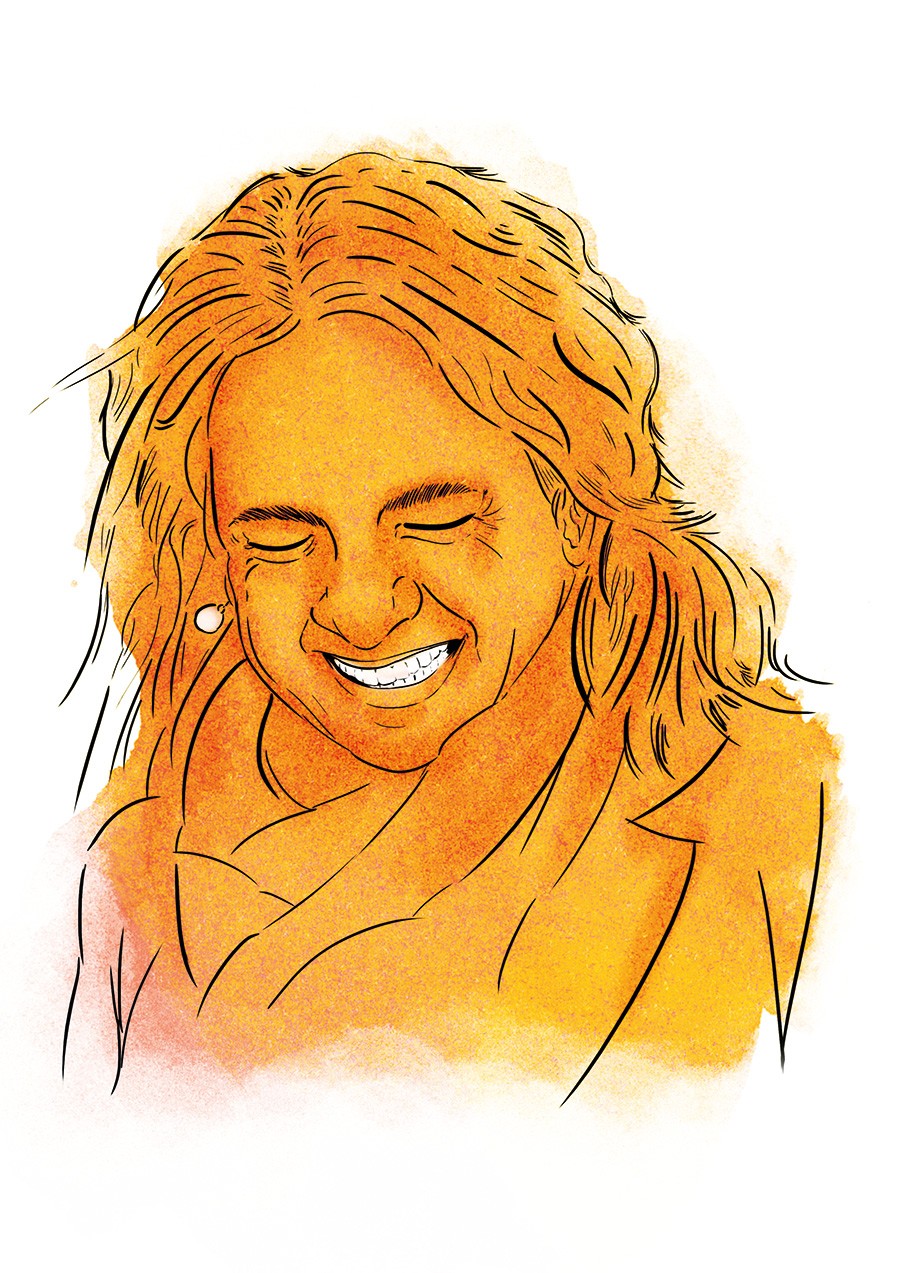
Lecturer Dr Marie Briguglio (Faculty of Economics, Management & Accountancy, UM) is also hoping to use art to bring her subject to life, albeit in a more sober manner. As a behavioural economist, Briguglio’s focus is on a population’s impact on environment and how we can police this. In particular, at SitC, she wishes to convey the ‘Tragedy of the Commons’—the notion that free or common assets such as public space or air are likely to be exploited by the masses due to sense of entitlement combined with lack of responsibility.
To do this, Briguglio recruited the expertise of Steve Bonello, a cartoonist with a political bent. ‘Working out how best to design environmental regulation underpins much of the research I am involved in. But it’s also very evident in many of the cartoons Steve draws,’ says Briguglio. ‘I soon realized that there was enough material to write a book.’ And so they did, combining the work of faculty with cartoons to produce the comic The Art of Polluting.
Home truths about how we personally damage the world we live in might not make for easy reading, but Briguglio hopes the fusion between arts and science will make this message easier to swallow. ‘It is intended to bring to light research on environmental pressures, status, and responses in a manner that is accessible and also fun.’ The book itself will be displayed as part of a larger instalment titled No Man’s Land, which will include a live action play, more detailed research, and even a free tree-planting stall.
Putting research on the main stage is no new concept to any of these three, and this year’s SitC is certainly not their first venture into science communication. The projects they’ve put forward have all stemmed from previous public engagement ideas. Camilleri worked with the same artists on an AR feature about Greek Mythology, and she regularly translates her research for mass media. A science communication event, Go For Research, which was spearheaded by the Faculty of Science and Directorate of Curriculum Management and aimed at the Junior Science Olympiads was where Sebu’s idea for highlighting the beauty of mathematics was born.
The passion for their subjects is infectious in all three researchers. Each one listed the prospect of inspiring their audience as their top goal for the festival. Shaking up science communication by presenting it in a way we wouldn’t expect, through musical maths, theatrical economics, and artistic AI, provides an opportunity for researchers and citizens alike to see science through a new lens. One where progress seems brighter and kinder.
Author: Becky Catrin Jones
The new digital divide
Unequal access to technology and the Internet is traditionally termed the ‘digital divide’. Both are expensive, which leaves some people behind. Today the situation has changed, with 98% of minors having home Internet access in Malta. Government targets digitally-deprived students by investing hefty sums to have tech at school. However, there is a new digital divide within formal education, and this time it is not about who uses technology but how they use it.
What is the attitude toward the technology that is being used in class? What is the goal that students are using that technology to accomplish? You can have countless schools on the receiving end of whole shipments of tablets and laptops, but the sad reality is that without an effective strategy, they are unlikely to reap the full benefits of that investment.
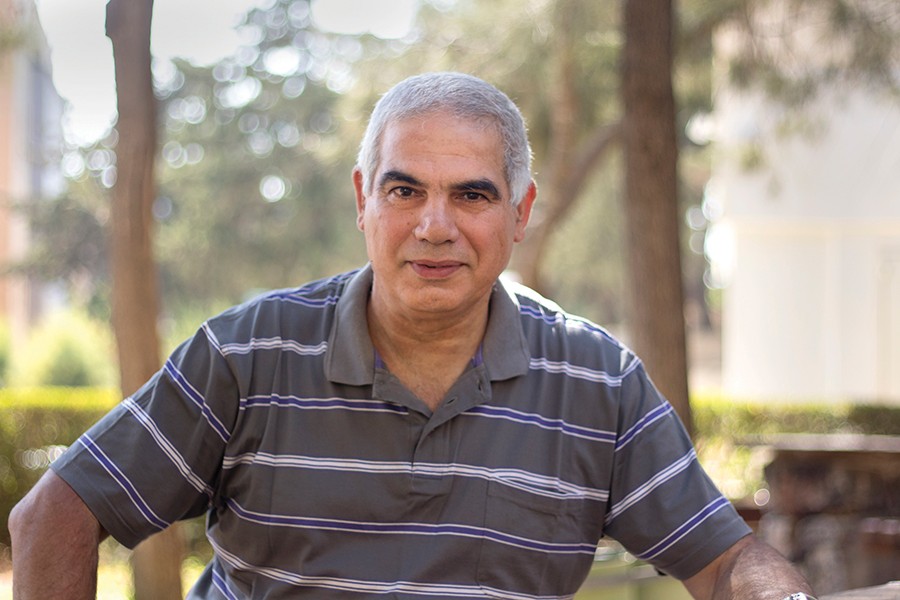
If technology is placed within a system that ignores students’ needs and is unresponsive, if not completely resistant, to new teaching and learning methods, the result is completely counterproductive. A teacher’s frustration with students being distracted by their devices is an everyday occurrence, and it needs to be addressed. The question is: Is this a technology-related problem or a more profound issue related to how humans discover and understand knowledge? Are these pedagogical conflicts arising from the presence of technology in class or from an epistemological clash between teachers’ and students’ beliefs about learning and knowledge sharing?
If we define pedagogy as ‘guidance for learning’, we need to provide guidance for a variety of learning methods. By focusing only on the ‘chalk-and-talk’ method of teaching delivery, we may actually limit access to different ways of acquiring knowledge. Besides using technology to enhance teaching, digital tools and resources need to be used to empower students: first to take over the management of their own learning, and second, to pursue different technology-enhanced learning avenues for acquiring, creating, and sharing knowledge. This gives the student better skills in digital and information (critical) literacy, in collaboration, and in networking, hence preparing them for the world of work.
To make this happen, challenges await both teachers and students. Teachers need to welcome new forms of learning, offering guidance and support rather than simply ‘giving students all the information they need to know.’ Students, on the other hand, have to overcome the mental conditioning that links learning directly to teaching so they can stand on their own two feet.
Students and teachers need to work together to adopt a more independent and customised approach to learning, enhanced and transformed through technology.
Author: Dr Philip Bonanno
Entering the Age of the Blockchain of Things
What happens when you put smart washing machines on a blockchain?
In writing this article, Dr Joshua Ellul and Prof. Gordon Pace explain their investigation into how to combine the interconnectedness of all things promised by the Internet of Things with the trust promised by blockchain technologies.Continue reading

